DeWalt DCC2520 Bruksanvisning
DeWalt
Kompressor
DCC2520
Les nedenfor 📖 manual på norsk for DeWalt DCC2520 (48 sider) i kategorien Kompressor. Denne guiden var nyttig for 21 personer og ble vurdert med 4.6 stjerner i gjennomsnitt av 11 brukere
Side 1/48

If you have questions or comments, contact us.
Pour toute question ou tout commentaire, nous contacter.
Si tiene dudas o comentarios, contáctenos.
1-800-4-DeWALT
Instruction Manual
Guide D’utilisation
Manual de instrucciones
DCC2520
20V Max* 2.5 Gallon Cordless AirCompressor
Compresseur à air de 9,46l (2,5gal) sans fil (20V Max*)
Compresor de aire inalámbrico de 9,46l (2,5 galones) 20V Máx*
final page size: 8.5 x 5.5 in
Produkspesifikasjoner
| Merke: | DeWalt |
| Kategori: | Kompressor |
| Modell: | DCC2520 |
Trenger du hjelp?
Hvis du trenger hjelp med DeWalt DCC2520 still et spørsmål nedenfor, og andre brukere vil svare deg
Kompressor DeWalt Manualer

24 Oktober 2024

24 Oktober 2024

24 Oktober 2024

24 Oktober 2024

16 Oktober 2024

16 Oktober 2024
Kompressor Manualer
- Xiaomi
- SereneLife
- Duro Pro
- Stanley
- Proviel
- Fuxtec
- SPL
- Livoo
- MSW
- Unimac
- Challenge Xtreme
- Scheppach
- Biltema
- Prebena
- Toolcraft
Nyeste Kompressor Manualer
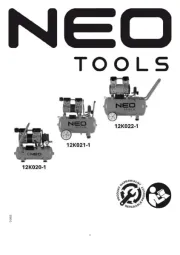
10 Oktober 2025
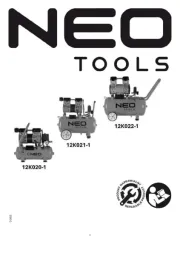
9 Oktober 2025
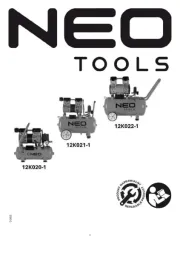
8 Oktober 2025
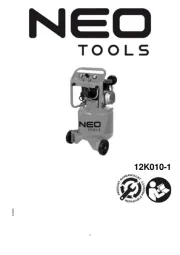
8 Oktober 2025
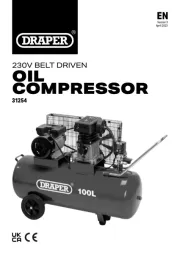
5 Oktober 2025
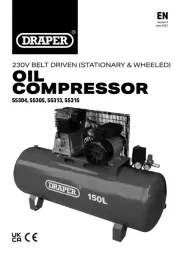
5 Oktober 2025
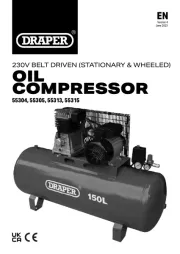
4 Oktober 2025
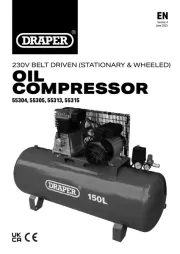
4 Oktober 2025
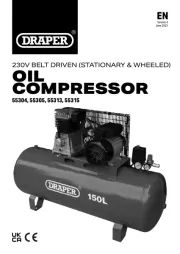
4 Oktober 2025
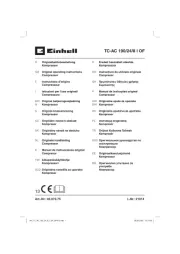
4 Oktober 2025